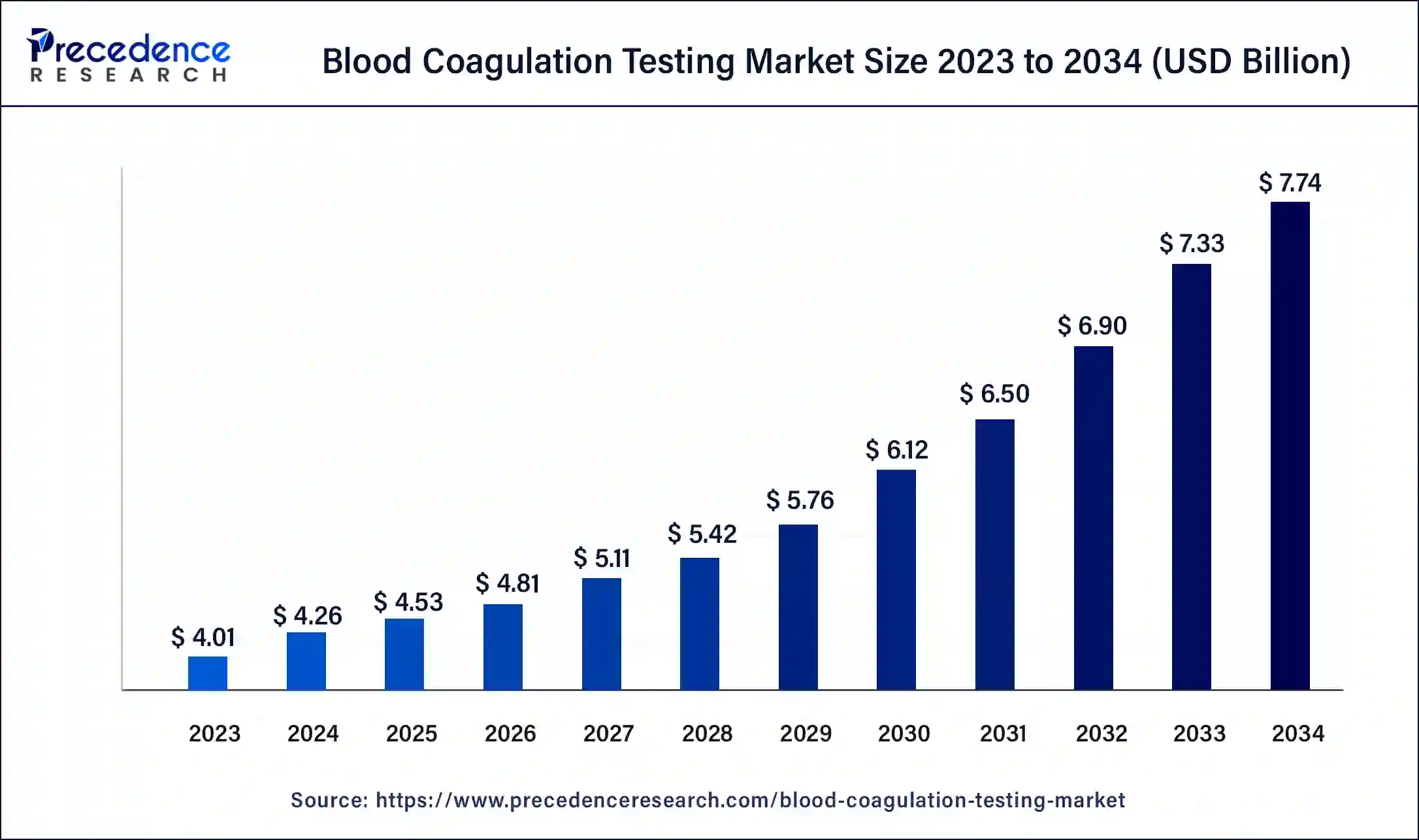A “Ticking Time Bomb” for Liver Cancer

The findings suggest that developing new drugs to prevent or reverse DNA damage could be a promising therapeutic approach for preventing liver cancer, particularly in people with MASH.
“There are a few possibilities for how this could be leveraged into a future treatment, but it will take more time and research to explore these ideas,” said Karin. “One hypothesis is that a high-fat diet could lead to an imbalance in the raw materials our cells use to build and repair DNA, and that we could use drugs or nutri-chemicals to correct these imbalances. Another idea is developing new antioxidants, much more efficient and specific than the ones we have now, and using those could help block or reverse the cellular stress that causes DNA damage in the first place.”
In addition to opening these new avenues of treatment for liver cancer, the study also offers new insight into the relationship between aging and cancer.
“We know that aging increases the risk of virtually all cancers and that aging is associated with cellular senescence, but this introduces a paradox since senescence is supposed to guard against cancer,” said Karin. “This study helps reveal the underlying molecular biology that allows cells to re-enter the cell cycle after undergoing senescence, and we believe that similar mechanisms could be acting in a wide range of cancers.”
The findings also help directly quantify the detrimental effects of poor diet on cellular metabolism which, according to Karin, could be used to help guide public health messaging related to fatty liver disease.
“A poor, fast-food diet can be as dangerous as cigarette smoking in the long run,” said Karin. “People need to understand that bad diets do far more than just alter a person’s cosmetic appearance. They can fundamentally change how our cells function, right down to their DNA.”
Read the full study.
Co-authors on the study include Li Gu, Yahui Zhu, Shuvro Nandi, Maiya Lee, Kosuke Watari, Breanna Bareng, Masafumi Ohira, Yuxiao Liu, Sadatsugu Sakane, Debanjan Dhar, Souradipta Ganguly, Mojgan Hosseini, Tatiana Kisseleva and Ludmil Alexandrov at UC San Diego School of Medicine (Alexandrov is also a professor at the UC San Diego Jacobs School of Engineering), Rodrigo Carlessi, The Liver Cancer Collaborative and Janina Tirnitz-Parker at Curtin Health Innovation Research Institute, Consuelo Sauceda and David Gonzalez at UC San Diego Skaggs School of Pharmacy and Pharmaceutical Sciences, Marcos Teneche and Peter Adams at Sanford Burnham Prebys and M. Celeste Simon at Abramson Family Cancer Research Institute. After completing their training at UC San Diego, Li Gu and Yahui Zhu finished one of the key experiments at their lab in West China Hospital at Chengdu, PRC.
This study was funded, in part, by the National Institutes of Health (grants R01DK120714, R01DK133448, R01CA234128, R01CA281784, P01CA281819, R01DK133448, R35CA220483, DK099205, (R01ES030993, R01ES032547, R01CA269919).
Disclosures: Michael Karin is a founder and stockholder in Elgia Pharmaceuticals, received research support from Merck and Janssen Pharmaceuticals and holds a patent for the use of MUP-uPA mice as a MASH-HCC model. Ludmil Alexandrov is a compensated consultant and has equity interest in io9, LLC and Genome Insight. His spouse is an employee of Biotheranostics, Inc. Alexandrov. is also an inventor of a US Patent 10,776,718 for source identification by non-negative matrix factorization and declares U.S. provisional applications with serial numbers: 63/289,601; 63/269,033; 63/483,237; 63/366,392; 63/367,846. Alexandrov and Shuvro Nandi also declare U.S. provisional applications with serial numbers: 63/412,835 and 63/492,348. All other authors declare no competing interests.
link






